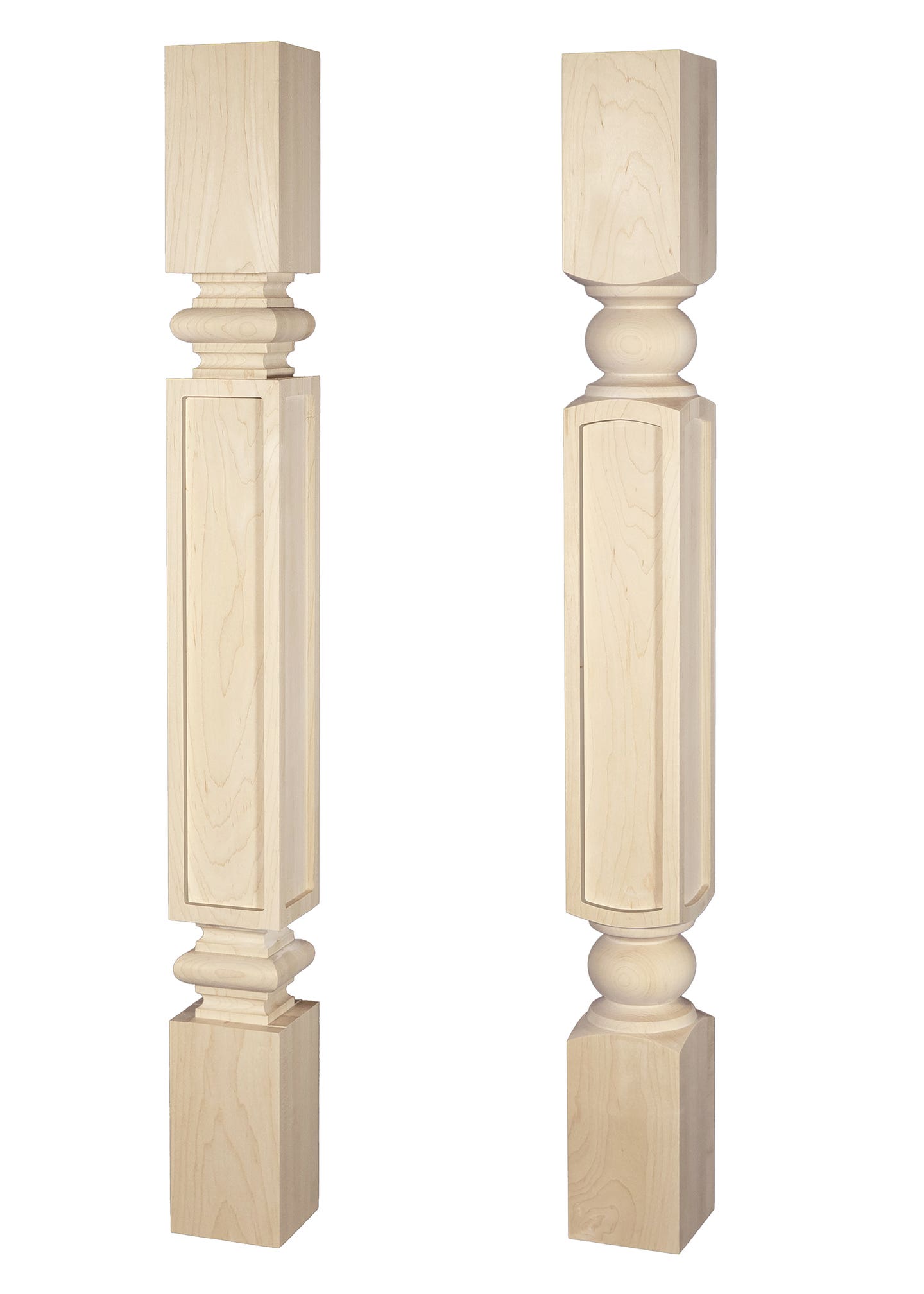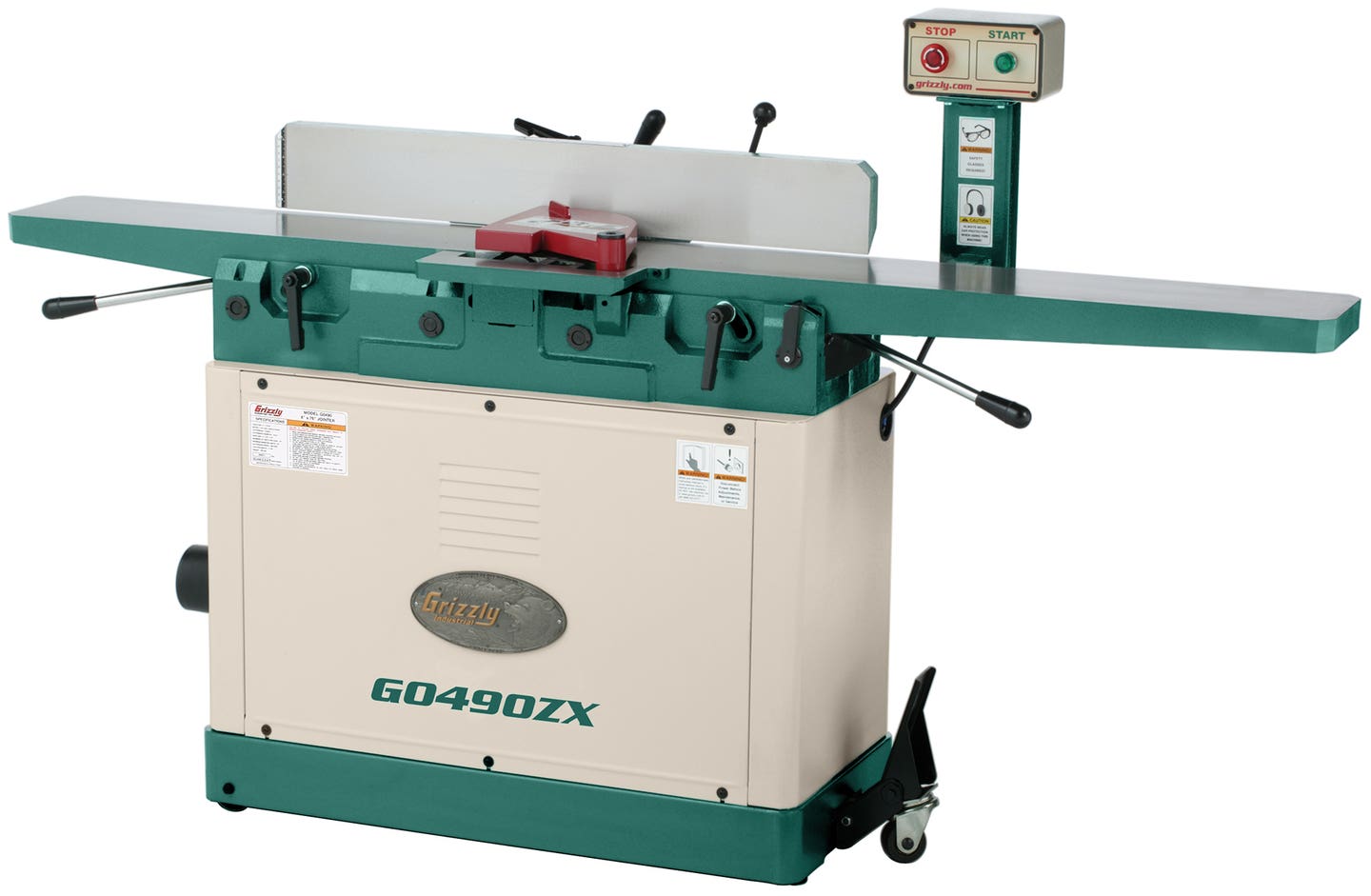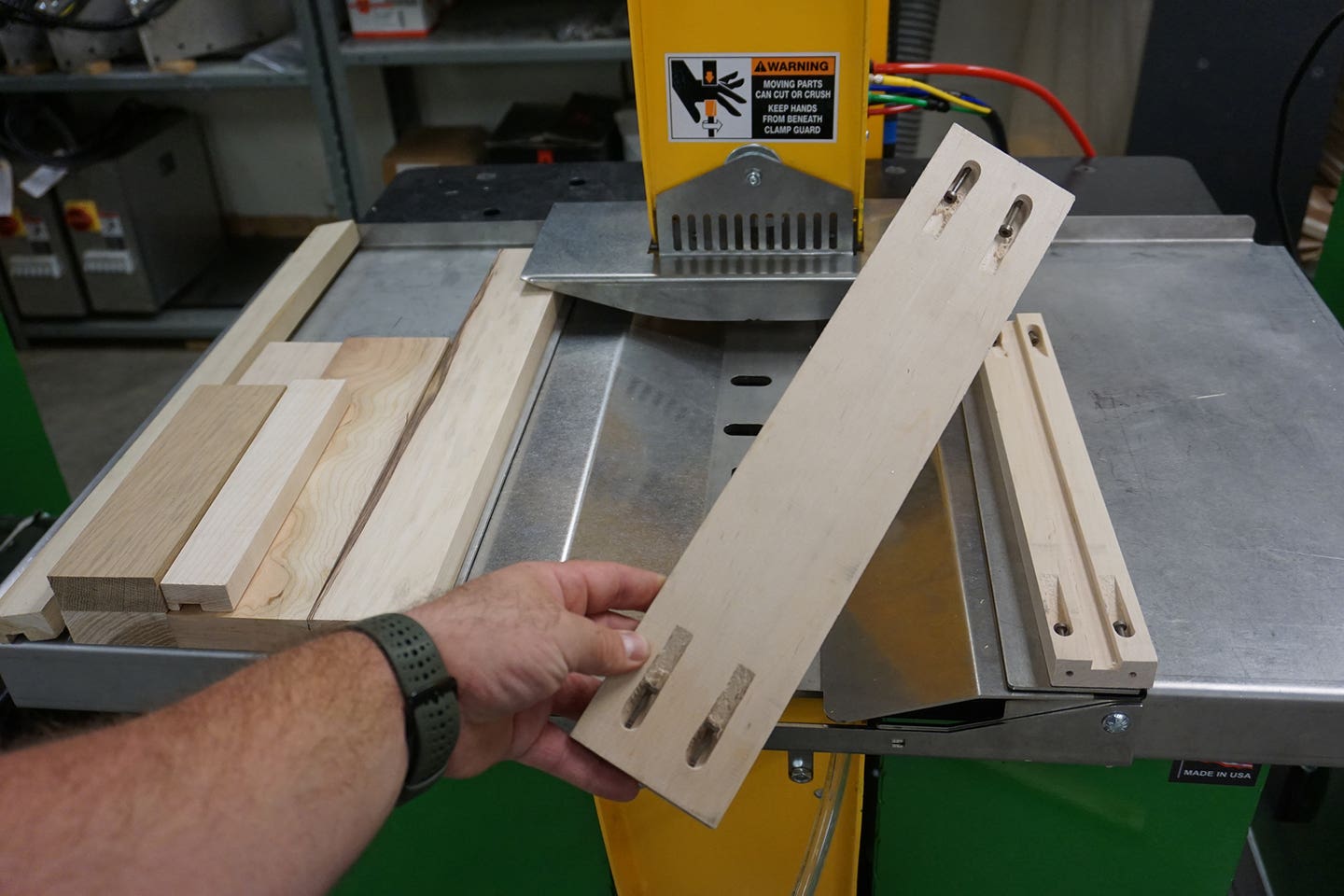Lumber lessons: Understand the rules and save big
“Go long!” That was all the advice given by a project manager 30 years ago on placing a hardwoods order with a mill. He was talking about lumber for an…
“Go long!”
That was all the advice given by a project manager 30 years ago on placing a hardwoods order with a mill. He was talking about lumber for an order of trim and the mill was selling random lengths. The point was this: a woodshop can always edge-glue boards to make them wider, but it’s virtually impossible to make them longer. That specific order needed to read “random lengths, 11’ minimum” so that the shop could mill trim for at least one side and the top of a doorway with minimal waste. Pieces measuring say, six feet, were essentially worthless.
Knowing the rules is essential when buying from mills or wholesale lumber suppliers. Understanding that those rules change from supplier to supplier is critical. Most yards claim their method is the industry standard, but unfortunately there is no industry regulation and that’s especially obvious when buying from a small operator.
Resources for buyers
The closest one can get to a universal code is a set of guidelines developed by the National Hardwood Lumber Association, a reputable organization with a self-determined mandate to become “the global standard for hardwood trade and commerce.” Unfortunately, compliance is voluntary — the local sawmill is not legally bound to follow their rules. Fortunately, most of the industry does so voluntarily.
The NHLA, with offices in Memphis, Tenn., was founded in 1898 “to establish a uniform system of grading rules for the measurement and inspection of hardwood lumber.” The association publishes a handbook with these rules that can be previewed for free online at www.nhla.com. It’s an essential guide that every woodshop should own. The non-member price is $11 for the 2015 edition and it will explain to new hardwoods buyers how most of the industry grades product and calculates the amount of lumber in an order. A shop that will be buying hardwoods regularly might want to give Becky Miller a call. She’s the contact person at NHLA for the education program and she can sign up a woodshop employee or shop owner for one of the association’s Flex Day Lumber Grading short courses. These offer the flexibility of enrolling for three, four or all five days and include a thorough study and explanation of the basics of hardwood lumber inspection.
Another handy resource for shops is www.hardwoodinfo.com, the website of the Hardwood Manufacturers Association. One of the most valuable tools this group offers is an online species guide, which lets a woodshop buyer learn about hardwoods before placing an order. It includes specifications such as workability, strength and even an interactive widget that shows what each species looks like with different stains applied.
The Hardwood Plywood and Veneer Association (www.hpva.org) offers the “Veneer Species Guide” for $25. It’s a four-color publication that provides detailed information and photos for 150 wood veneer species that are commercially available in North America. The book was designed specifically to help shops specify species correctly. And if you’re buying hardwood veneer already applied to a substrate, the HPVA also offers “American National Standard for Hardwood and Decorative Plywood,” a guidebook detailing specific requirements for all face, back and inner ply grades, as well as listing specs on formaldehyde emissions, moisture content, tolerances, sanding and grade marking.
The Architectural Woodwork Institute (www.awinet.org) is a particularly useful resource for hardwood buyers in shops that build casework and furniture for institutions such as schools and banks. Among its educational efforts are occasional tours of sawmills and veneer mills and the AWI also organizes visits to woodshops where members can learn from each other about regional resources such as hardwood suppliers. AWI publishes “Architectural Woodwork Standards,” a guide for the specification, construction and installation of interior architectural woodwork. Between its covers, a buyer will learn about, for example, various cuts, colors, grain patterns and defects of hardwoods and veneers.
Appalachia
Woodworkers all over the world are familiar with the superior growth conditions for hardwoods in Appalachia. It’s a 65.7-million-acre zone in the eastern U.S. that encompasses 344 counties between New York and Georgia and reaches as far west as Kentucky and Tennessee. Here, soil, drainage, minerals and precipitation combine in a way that is ideally suited to hardwood forestry. Species include ash, basswood, beech, birch, several maples, cherry, hickory, oaks, poplar and walnut.
Appalachian Hardwood Manufacturers (www.appalachianwood.org) is a 200-member trade association headquartered in High Point, N.C., whose members can provide a woodshop buyer with verification of the sustainability and legality of lumber that he or she is buying. That can be a strong marketing tool for the shop’s products, as most of our customers like to know they are being environmentally responsible in their buying choices. The group’s list of producers includes sawmill owners and operators that provide green and kiln-dried Appalachian hardwood lumber, logs and wood products. Worth noting is that there are distributors all across the country. For example, a shop can buy certified Appalachian products at Swaner Hardwood in Burbank, Calif., Robinson Lumber in New Orleans and Northwest Hardwoods in Beaverton, Ore.
The American Hardwood Export Council (www.ahec.org) has an online database for suppliers by region, species or product.
The Northeastern Loggers Association (www.northernlogger.com) is a regional trade group representing more than 2,000 logging, sawmilling and forest products businesses. Its magazine, “The Northern Logger,” covers sawmill and lumber issues from Maine to Minnesota, Missouri and Maryland. A woodshop buyer who wants to know what’s happening in the domestic hardwoods market can learn about topics such as tree diseases, how trucking is affecting prices or weather is impacting supply and so on. Recent articles covered, for example, the decline of poplar as well as biomass issues in the wood industry.
Membership in the Northern Tier Hardwood Association (www.nthardwoods.org) is comprised of about 60 forest products-related companies and organizations in northern Pennsylvania. Its online directory will help a woodshop buyer locate regional suppliers of quality hardwood lumber, flooring, veneer and millwork. Pennsylvania has one of the nation’s largest concentrations of hardwoods, including red maple, sugar maple, cherry and red oak. The Pennsylvania Forest Products Association (formerly the Hardwood Lumber Manufacturers Association) has published a visually stunning guide to the state’s hardwoods at www.paforestproducts.org.
Another great resource can be found on Wood Components Manufacturers Association’s website at www.wcma.com.
A few tips on buying
Ask a new supplier up front how it does a tally (figures out how much lumber to bill you for). The way a mill or lumberyard calculates an invoice can sometimes surprise a buyer. For example, some suppliers measure the board feet of straight-lined lumber and then add an allowance of 10 to 15 percent for the waste that they removed. This isn’t a labor charge — it’s a fee for wood you don’t receive. A more correct practice would be to sell a certain number of board feet in the rough and then charge the customer for labor. And it can be very surprising to buyers how much a sawmill operator might slice off a board when straightening one edge: most woodworkers would perhaps be more conservative.
Another unusual charge is shrinkage because of kiln drying. There are actually suppliers out there who figure the boards were dried down from, say, 20 to 8 percent, so they need to charge you for the lost volume. That is apparently illegal: check with your state weights and measures watchdogs if it comes up.
A tally will often be rounded off to a full board foot (7.9 becomes 8, for example). Be wary of a mill that always rounds up. You deserve to have equal treatment: if the fraction is less than half, they should be rounding down. A gross tally is rough lumber before milling and a net tally is what you actually get after processing.
If the grade you’re buying isn’t an NHLA grade, then ask the mill to tell you which NHLA grade it meets and get it in writing. A lot of small suppliers make up their own grading system and that’s actually legal. The problem is that it’s also very subjective: the mill decides, so if you end up in small-claims court the mill definition will probably be accepted.
On the other hand, be prepared to pay for ripping, surfacing and even jointing, if you’re asking the mill to do these jobs for you. Those are legitimate fees that use the mill’s time and equipment.
The bottom line on buying is that the vast majority of suppliers are conscientious, honorable and far more concerned with making a customer than making a single sale. It’s in their interests to treat you well. And it’s in your interest to know their rules before you buy.
This article originally appeared in the March 2015 issue.







